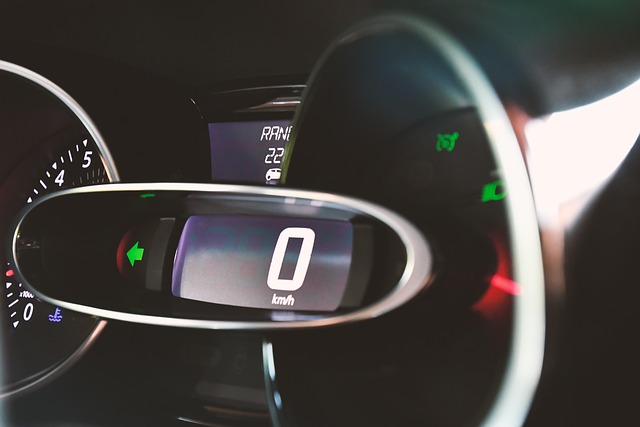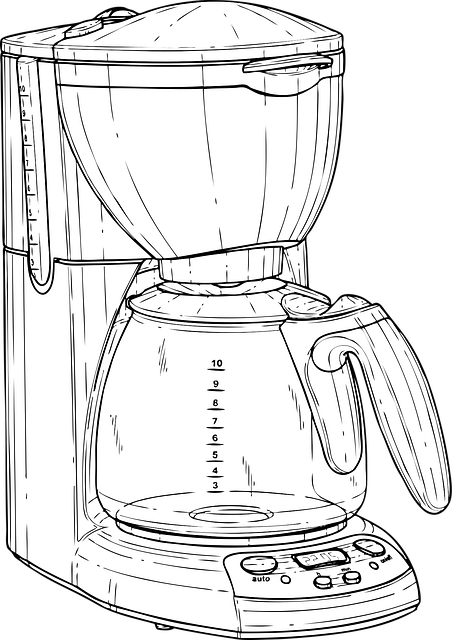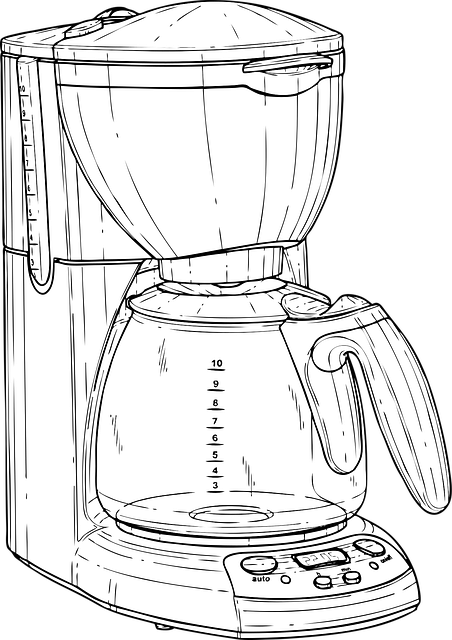An automatic internal linking tool streamlines link creation across multiple WordPress sites, saving time and effort. Using advanced algorithms, these tools suggest relevant connections, optimize anchor text, and enhance user experience. This improves SEO, aids search engine indexing, and deepens engagement, making it a powerful asset for content creators in today's digital landscape.
In today’s digital landscape, efficient internal linking is crucial for enhancing user experience and SEO. For WordPress users seeking streamlined solutions, automated internal linking tools emerge as game-changers. This article explores powerful software designed to simplify cross-site connections, boost content relevance, and optimize navigation. Discover how these tools automate workflows, enhance SEO strategies, and provide intuitive interfaces, making managing internal links a breeze.
- Streamline Internal Linking for Seamless User Experience
- Automate Workflow: Effortless Cross-Site Connections
- Enhance SEO with Strategic Internal Link Distribution
- Simplify Site Navigation: User-Friendly Interface Design
- Integrate Seamlessly: WordPress Plugins for Efficient Linking
- Boost Content Relevance: Contextual Link Generation
Streamline Internal Linking for Seamless User Experience

In today’s digital era, where content is king, a well-crafted internal linking strategy is essential for enhancing user experience and boosting SEO. However, manually linking pages across multiple WordPress sites can be a time-consuming task. This is where an automatic internal linking tool steps in as a game-changer. By leveraging advanced algorithms, these tools seamlessly scan your websites, identify relevant content, and automatically generate links, ensuring every page is connected and accessible to users.
An effective automatic internal linking strategy not only simplifies the process but also deepens user engagement. The tool can suggest links based on keyword relevance, popular posts, or even contextual topics, fostering a more dynamic and interactive website experience. For those looking to master this technique, there are numerous automatic internal linking tips available. From optimizing anchor text to ensuring a natural flow of links, these tutorials guide users through the process, allowing them to create an organic and effective internal linking structure for their WordPress sites.
Automate Workflow: Effortless Cross-Site Connections

In today’s digital era, managing multiple WordPress sites demands streamlined efficiency, and an automatic internal linking tool is a game-changer in this regard. This innovative software solution automates the workflow of creating cross-site connections, eliminating the tedious task of manually linking content across various platforms. By employing advanced algorithms, it identifies relevant resources within your network of sites and generates contextual links with ease.
Imagine an automatic internal linking tutorial that not only simplifies the process but also optimizes SEO efforts. This tool ensures that your internal links are strategic, enhancing user experience while boosting search engine rankings. Through automated internal linking optimization, you can focus on content creation and strategy without getting bogged down by technical intricacies, thereby fostering a more productive and efficient workflow.
Enhance SEO with Strategic Internal Link Distribution

In the quest for optimal search engine optimization (SEO), strategic internal linking is a powerful tool that often goes underutilized. An automatic internal linking tool can revolutionize how content on multiple WordPress sites is interconnected, boosting SEO efforts significantly. By distributing internal links strategically across relevant pages, these tools ensure your website’s architecture is not only user-friendly but also search engine-friendly. This simple yet effective optimization technique helps search engines understand the hierarchy and relevance of your content, leading to improved site indexing and, consequently, higher rankings.
When implementing an automatic internal linking strategy, consider using keywords naturally in anchor text to strengthen the connection between pages. This practice aligns with SEO best practices while ensuring a seamless user experience. Furthermore, these tools often offer tips and suggestions for optimizing existing links and identifying new opportunities, helping you refine your site’s internal linking structure over time. With automatic internal linking optimization, you can focus on creating valuable content, leaving the technical details to enhance your website’s visibility in the competitive digital landscape.
Simplify Site Navigation: User-Friendly Interface Design

One of the most significant challenges in managing multiple WordPress sites is ensuring seamless navigation for users. This is where an automatic internal linking tool shines—its user-friendly interface design revolutionizes site navigation by automatically generating links between pages across different WordPress installations. With just a few clicks, content creators can establish contextual connections, enhancing the overall user experience.
Imagine a world where you don’t have to manually link posts or pages across various sites. An intuitive tool with powerful features allows for efficient automatic internal linking optimization, saving valuable time and effort. By implementing these tips in your workflow, you can transform the way content is interlinked, making navigation a breeze for visitors and simplifying content management for you.
Integrate Seamlessly: WordPress Plugins for Efficient Linking

Integrating internal links across multiple WordPress sites should be a seamless process, and there’s no better way to achieve this than with powerful plugins designed specifically for the task. These tools act as automatic internal linking solutions, streamlining the creation and management of links within your content ecosystem. By leveraging such plugins, you can efficiently connect relevant posts, pages, and resources across different sites, fostering a cohesive user experience.
One of the key benefits of these plugins is their ability to automate the process. With just a few configurations, they can scan your entire WordPress network, identify potential linking opportunities, and generate links accordingly. This not only saves time but also ensures consistency in link placement and anchor text usage. Moreover, many popular options offer advanced features like contextual linking, where relevant content from other sites is automatically linked when certain keywords or topics are detected, enhancing the overall value of your internal linking strategy.
Boost Content Relevance: Contextual Link Generation

In today’s digital landscape, where content is king, keeping your WordPress sites organized and optimized for search engines can be a daunting task. This is where an automatic internal linking tool steps in as a game-changer. By employing contextual link generation, this software revolutionizes how you structure your site, ensuring each page is interconnected and relevant. Unlike traditional manual methods, which can be time-consuming and prone to human error, automated tools generate links based on content similarity, keyword relevance, and user behavior, boosting the overall SEO potential of your WordPress network.
Contextual Link Generation (CLG) not only enhances the user experience by guiding them through relevant resources but also improves page authority and ranking potential. With automatic internal linking optimization, you can ensure that each piece of content is connected to similar or complementary articles, fostering a symphony of linked pages that sing in harmony with your SEO strategy. Implement these automatic internal linking tips, and watch as your WordPress sites gain visibility, attract more organic traffic, and establish authority within their respective niches.
